Ancient Language Decipherer - Ancient Script Translation
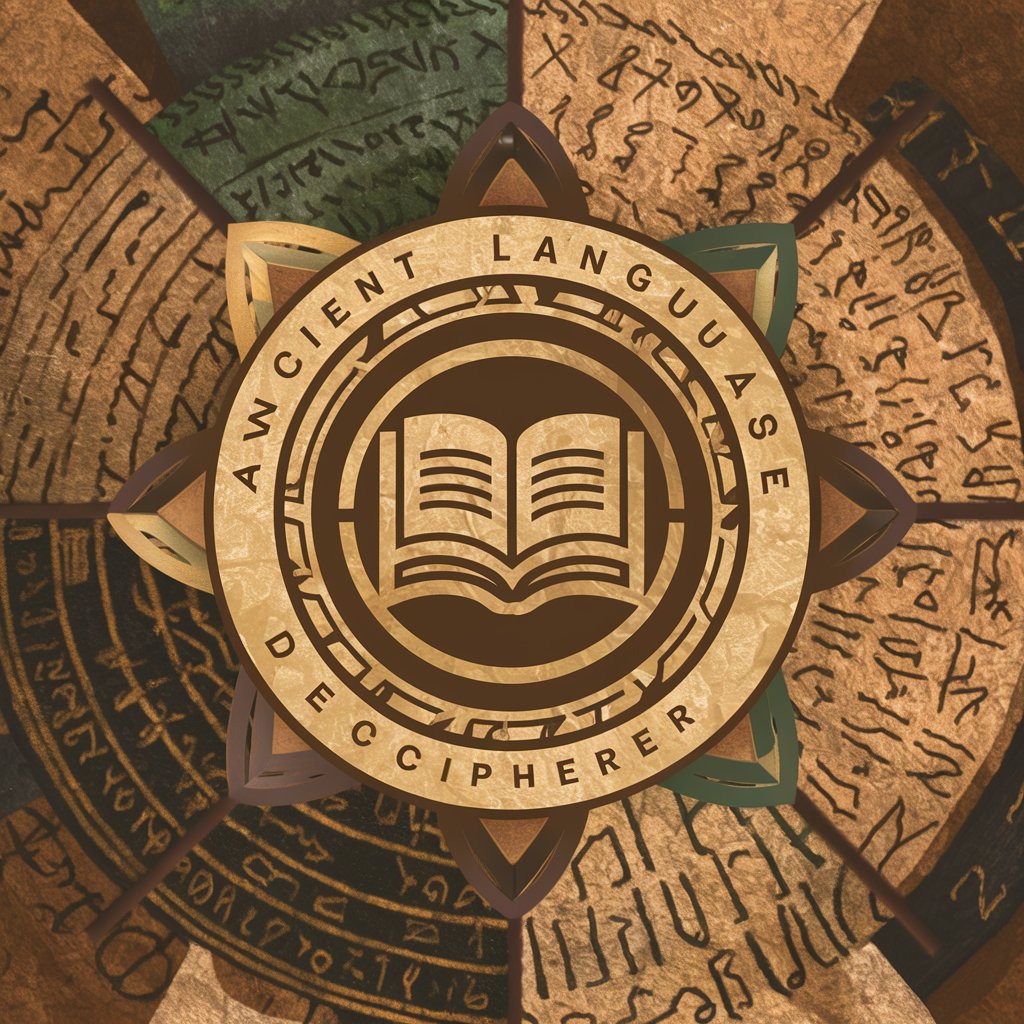
Welcome! How can I assist with your ancient language research today?
Unlocking history with AI-powered decipherment
Translate this ancient text fragment:
What is the historical context of these hieroglyphics?
Can you provide a linguistic analysis of this cuneiform tablet?
Help me understand the meaning behind this ancient inscription:
Get Embed Code
Overview of Ancient Language Decipherer
Ancient Language Decipherer is designed as a specialized tool for the analysis, interpretation, and understanding of ancient languages and scripts. Its core purpose is to aid in deciphering texts from historical sites, artifacts, and manuscripts, providing insights into the languages that have shaped human history. This GPT model draws upon a vast database of linguistic, historical, and archaeological information to offer detailed explanations, translations, and contextual insights. For instance, a researcher working on Egyptian hieroglyphics might use Ancient Language Decipherer to translate a newly discovered inscription, understand its grammatical structure, and place it within the broader context of Ancient Egyptian history and culture. Powered by ChatGPT-4o。

Core Functions and Applications
Translation of Ancient Scripts
Example
Translating cuneiform tablets from Sumerian to English.
Scenario
An archaeologist discovers a set of tablets in an ancient Mesopotamian city. Using Ancient Language Decipherer, they input the cuneiform symbols, receiving not only a translation but also notes on dialect variations and historical context, enriching their understanding of the text's significance.
Linguistic Analysis
Example
Analyzing the grammatical structure of a Latin inscription.
Scenario
A historian studying Roman inscriptions comes across a complex sentence on a monument. Ancient Language Decipherer breaks down the sentence structure, explains the use of specific cases and tenses, and provides parallels with other known Latin texts, facilitating a deeper linguistic comprehension.
Providing Historical Context
Example
Contextualizing a newly discovered Mayan glyph.
Scenario
Upon the discovery of a previously unknown Mayan glyph, a researcher uses Ancient Language Decipherer to not only translate the glyph but also to understand its significance within Mayan cosmology, politics, or daily life, offering a more nuanced interpretation of the artifact.
Target User Groups
Academic Researchers
Scholars and researchers working in fields such as archaeology, linguistics, and history, who require detailed analyses and translations of ancient texts. They benefit from the tool's ability to provide deep linguistic insights and historical context, essential for academic research and publication.
Museum Professionals
Curators, conservators, and educators in museums who need to interpret and present ancient artifacts and texts to the public. Ancient Language Decipherer helps them accurately convey the historical significance and linguistic nuances of their collections.
Enthusiasts of Ancient History
Individuals with a keen interest in ancient civilizations and languages, seeking to deepen their understanding of historical texts and artifacts. This tool offers them a gateway to explore ancient cultures through the lens of language, enriching their hobby or personal study.

How to Use Ancient Language Decipherer
Begin with a Free Trial
Head over to yeschat.ai for a complimentary trial experience without the necessity for a login or a subscription to ChatGPT Plus.
Identify Your Objective
Determine the ancient language or script you're interested in deciphering. This tool supports a variety of ancient languages, including hieroglyphics, cuneiform, and more.
Prepare Your Text
Gather the text or images of the script you wish to translate or analyze. Clear images and legible text will yield the best results.
Use the Tool
Input your text or upload images directly into the Ancient Language Decipherer. Use the interface to specify the language or script if known.
Review and Analyze
Examine the deciphered text and historical context provided. For ambiguous or uncertain interpretations, consider consulting additional resources or experts.
Try other advanced and practical GPTs
Jewel Verne
Igniting Curiosity with AI-Powered Adventures

sjoerd website bot
Crafting Unique Proposals with AI
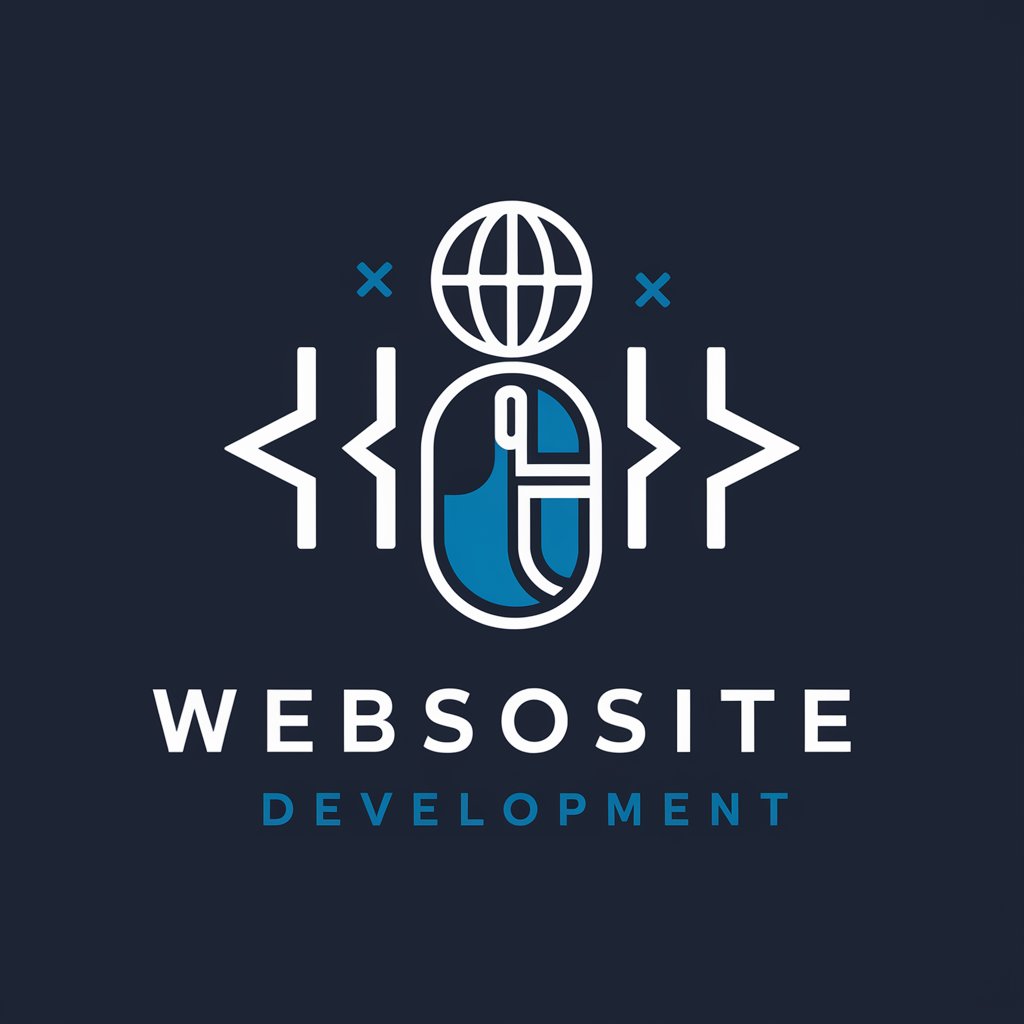
Reaper DAW Ultimate Assistant
Elevate Your Audio Production with AI

The Reaper Script Wizard
Empower your audio production with AI-driven scripting.
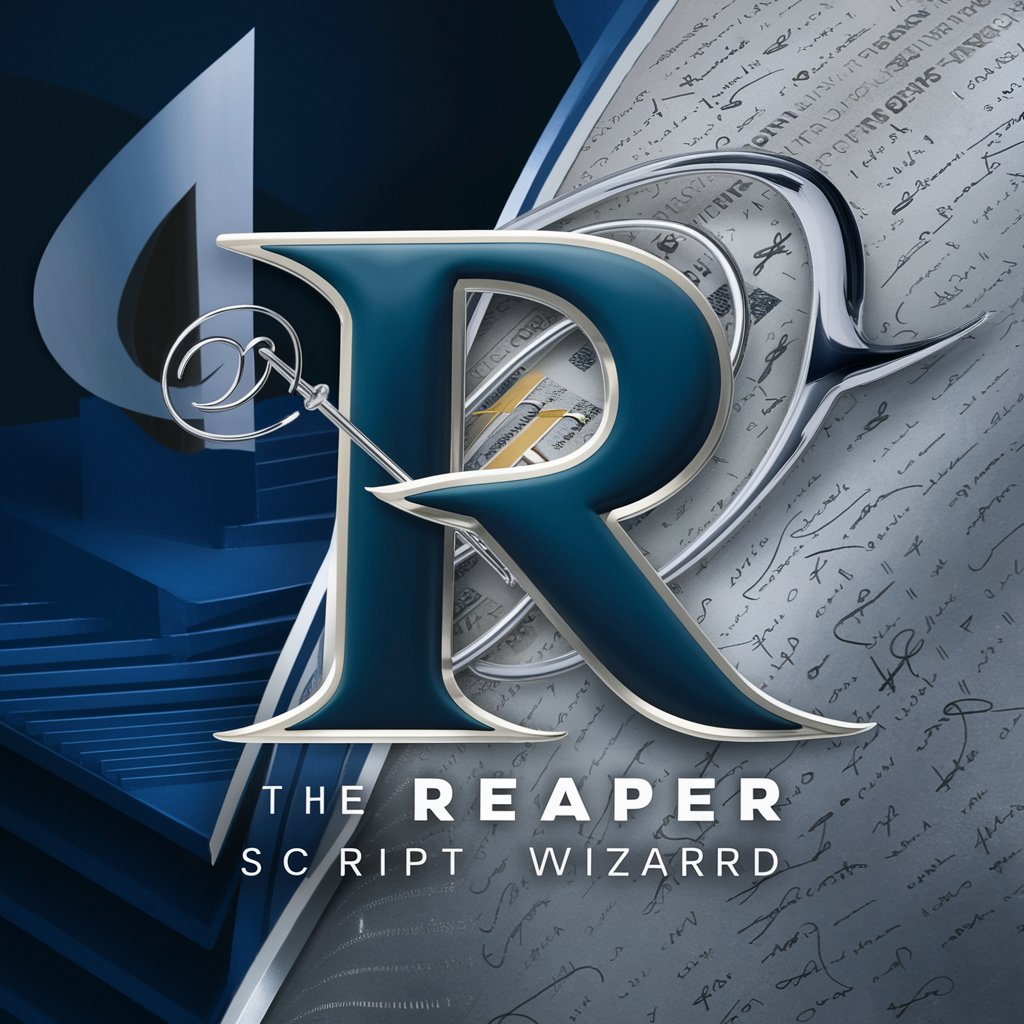
Reaper Audio Expert
Expert audio production insights, powered by AI

Reaper ReaScripter
Power your audio production with AI-scripting.
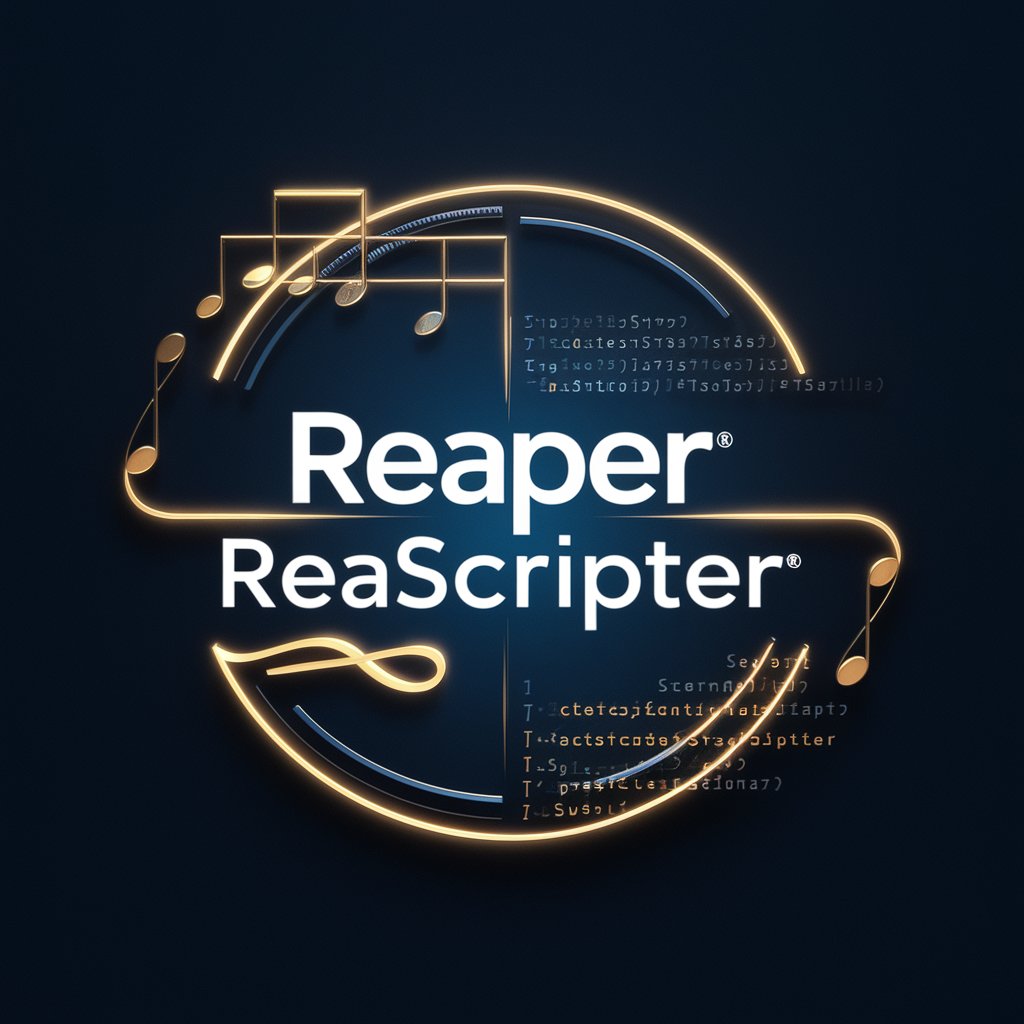
Herolt, the Decipherer
Deciphering the Depths of Aetolia's Lore

CV Tunner
Tailor Your CV with AI

Svensk Krisberedskap
Empowering through AI-driven Crisis Management

Consultor do Simples Nacional
Simplifying Simples Nacional for Businesses

Simples e Direto
Empower your Portuguese with AI

SIMPLES NACIONAL UNREAL
Simplifying tax compliance and optimization for small and medium enterprises.
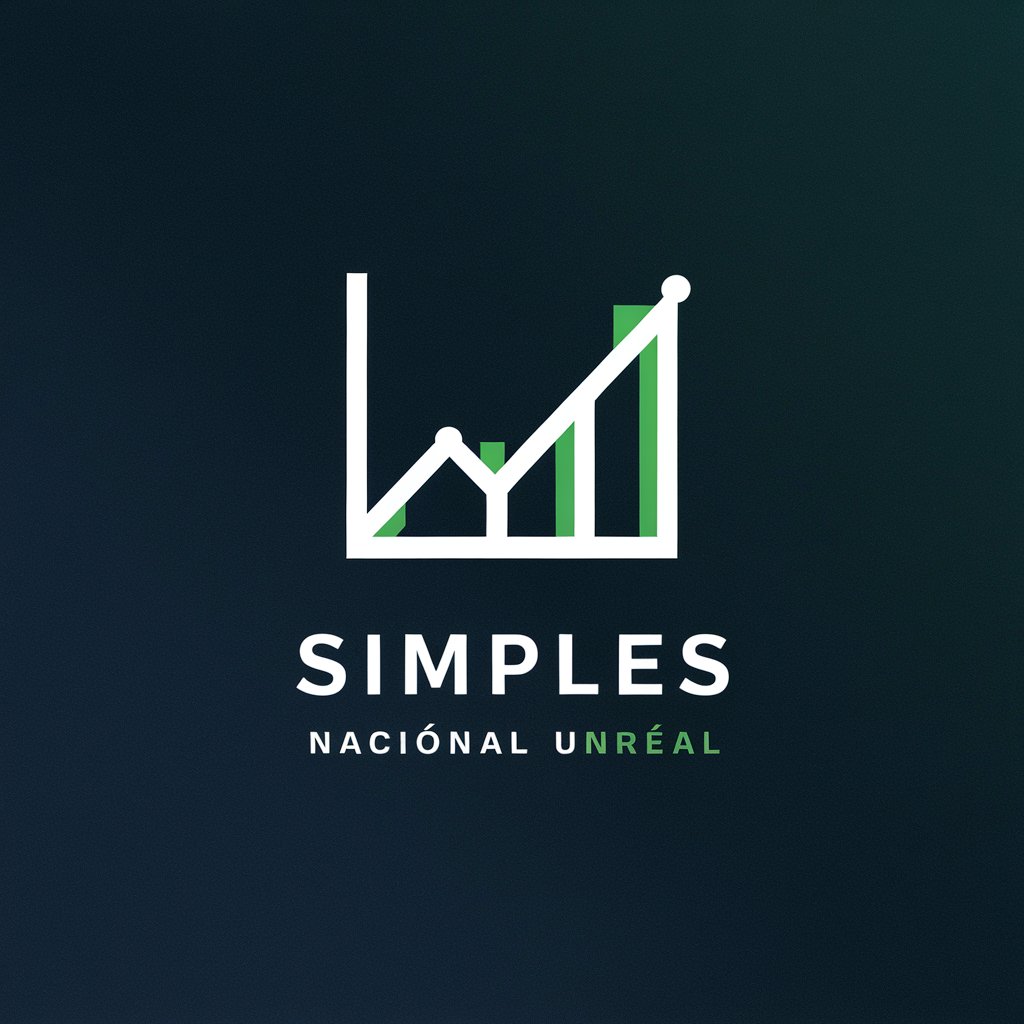
Frequently Asked Questions about Ancient Language Decipherer
What languages can Ancient Language Decipherer translate?
It's equipped to translate a variety of ancient languages and scripts, including but not limited to Egyptian hieroglyphics, Sumerian cuneiform, Mayan glyphs, and ancient Chinese scripts.
Can it translate texts from images?
Yes, it can analyze and translate texts from images. For the best results, ensure images are clear and the script is legible.
How accurate are the translations?
Translations are highly reliable but may vary based on the script's condition and legibility. It's always recommended to cross-verify with academic resources when possible.
Can Ancient Language Decipherer provide historical context?
Absolutely. Alongside translations, it offers historical insights and context about the texts, aiding in a deeper understanding of the material.
Is Ancient Language Decipherer suitable for academic research?
Yes, it is an invaluable tool for historians, archaeologists, and researchers, providing initial translations and context that can guide further academic investigation.
